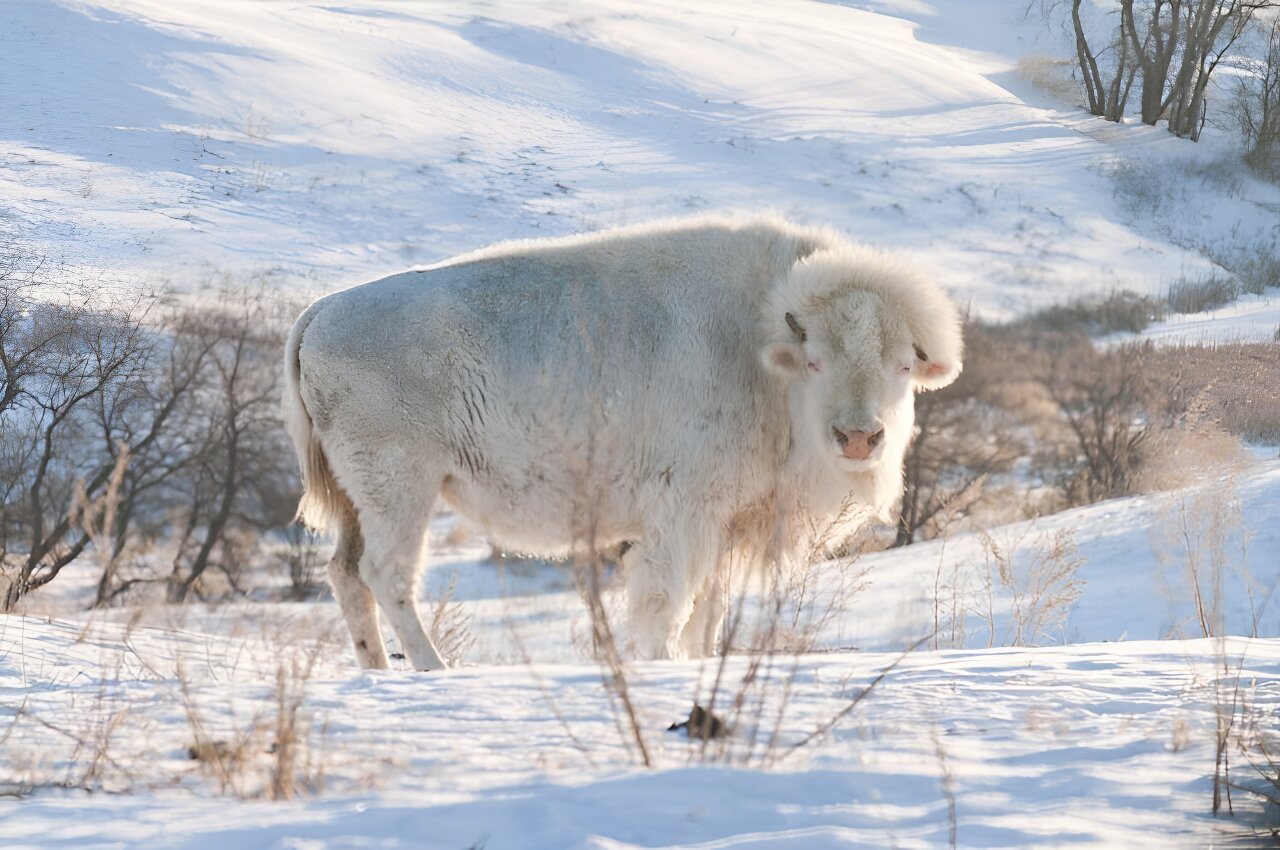A research team led by scientists from the Texas A&M School of Veterinary Medicine & Biomedical Sciences (VMBS) has developed the most comprehensive genome yet for the North American bison, bringing the animal’s genetic roadmap up to date with the latest genome sequencing technology. In doing so, the research team also discovered the gene responsible for albinism in bison.
The study—recently published in G3: Genes, Genomes, Genetics—details the development of this high-resolution reference genome, which the researchers then used to produce the first test for genetic mutations, starting with the mutation responsible for albinism.
Albinism, a rare condition characterized by a lack of pigment in an animal’s body, making them look white with red eyes, has historical significance in that albino bison have been recognized as a religious symbol for some Native American Indigenous tribes.
The study also lays the framework for determining other genetic variations that impact important bison traits, such as those that contribute to the health and production value of this species.
Dr. James Derr, a VMBS professor of veterinary pathobiology and genetics who led the research team that created the first bison genome back in 2015, assembled the team that developed this new reference genome. This team includes assistant professor of genetics Dr. Brian Davis, graduate student Sam Stroupe, and representatives from Texas Parks and Wildlife and the National Park Service.
2023-11-20 19:41:03
Original from phys.org



















